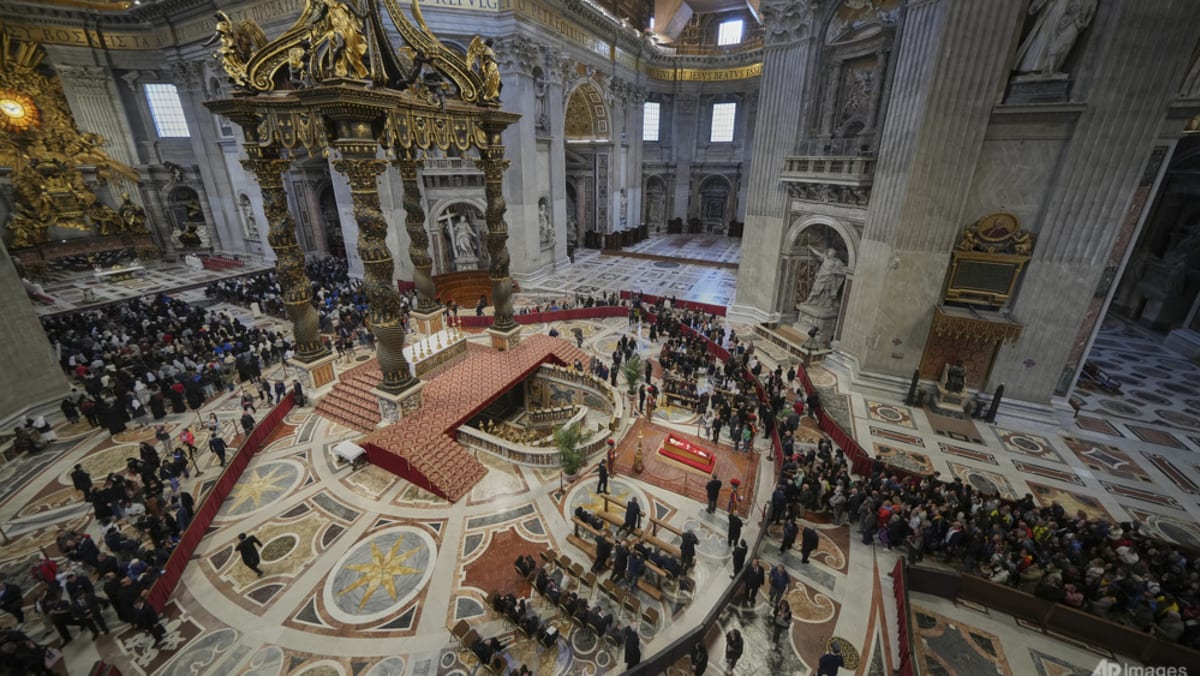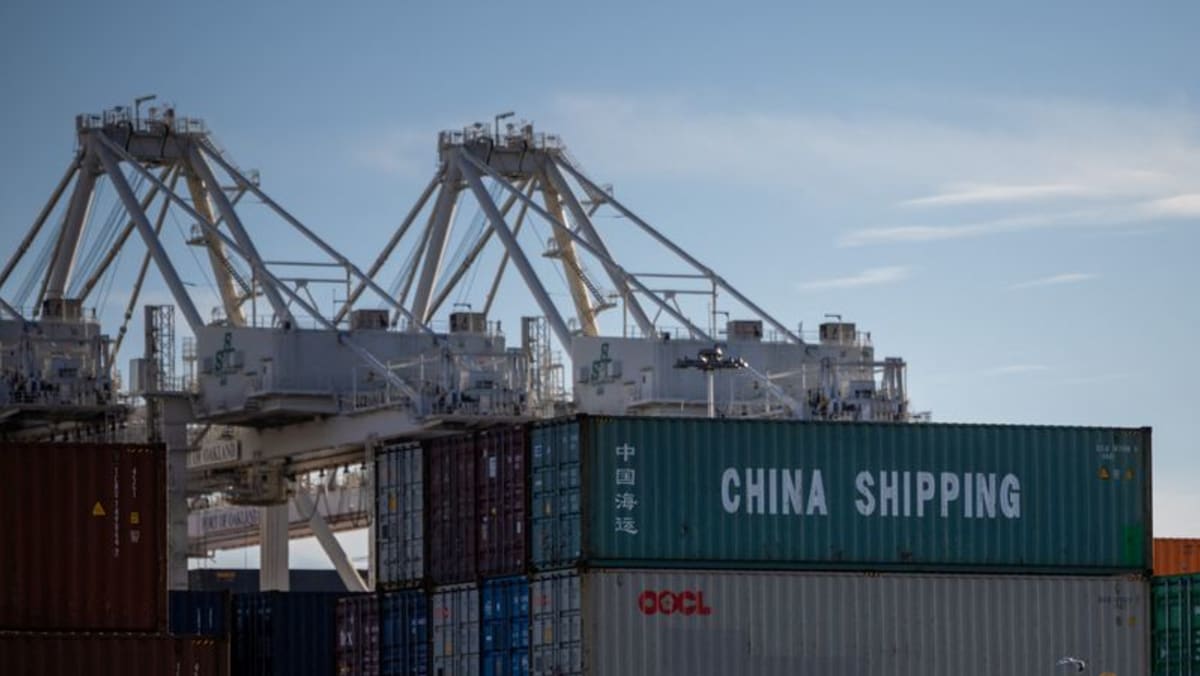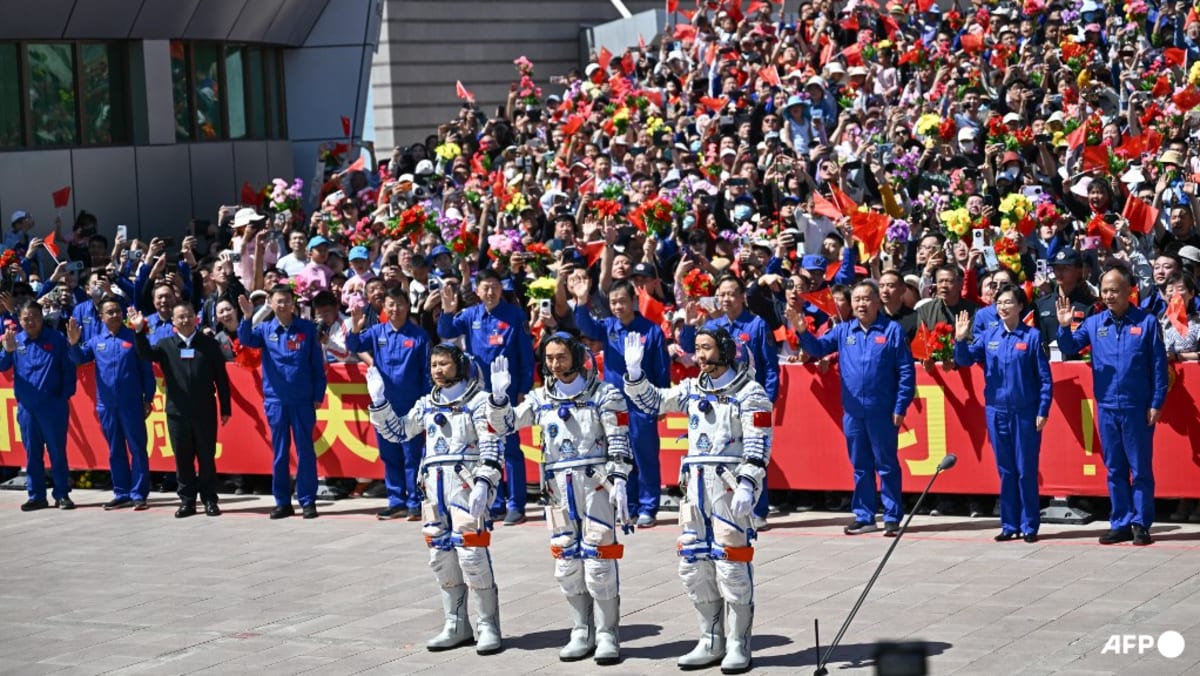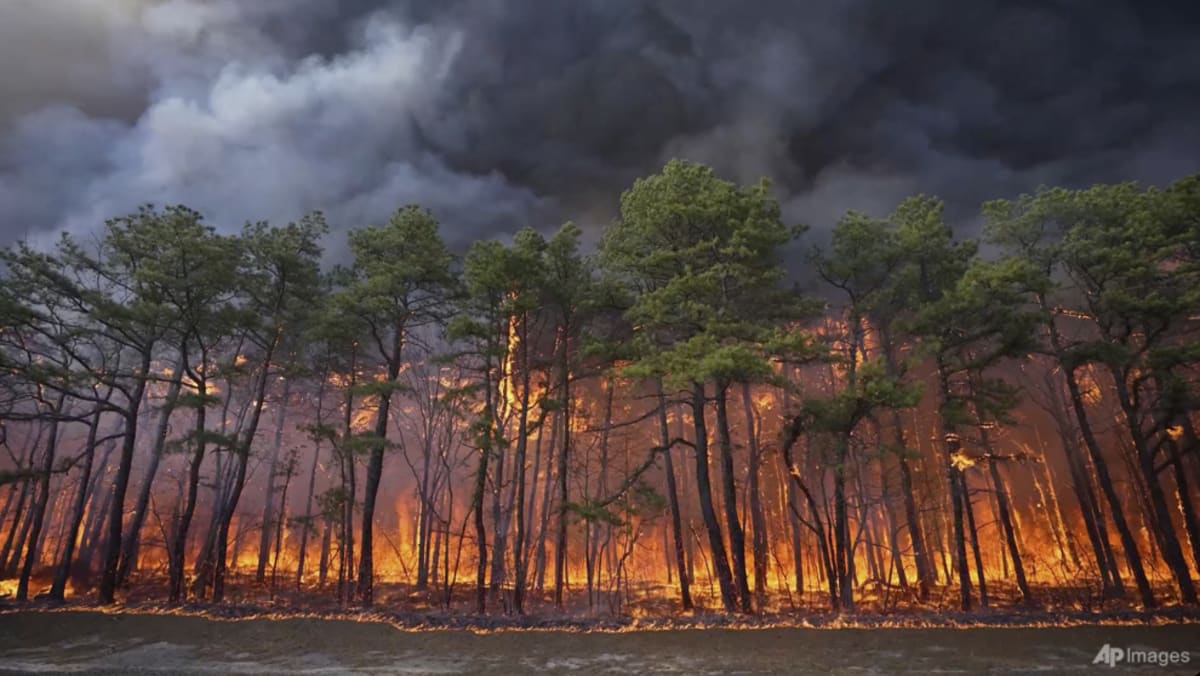Commentary: How to make your next holiday better for the environment
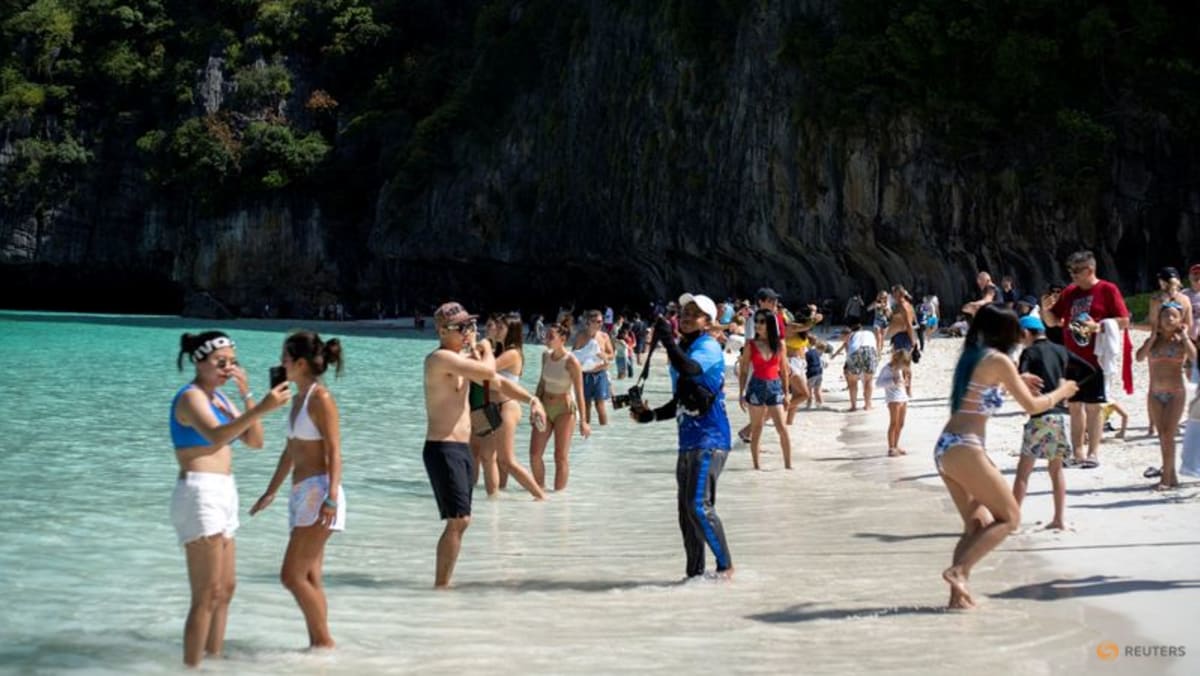
STAY CURIOUS
A final thing you can do as a tourist is to keep exploring. It can be tempting to stay in a tourist bubble and not leave the confines of your resort or stick with familiar travel groups and activities.
Cruises are a classic example of bubble tourism. The places visited do not really matter; the floating hotel is the main attraction.
But cruise tourism rarely benefits local populations and brings significant negative environmental impacts. In the Trujillo Bay area of Honduras, for example, increases in garbage and sewage have been reported since commercial cruise tourism began operating in the area in 2014.
Similar concerns have prompted calls to restrict cruise tourism in popular European destinations like Venice, Marseille and Barcelona. In 2022, more than 50,000 people signed a petition to ban cruise ships from Marseille.
Going beyond familiar or fashionable tourist bubbles can help you avoid such negative associations. Short-haul city breaks are a more environmentally friendly option.
Travellers to these destinations are more likely to use means of transportation that are associated with less carbon dioxide emissions than long-haul travel, such as trains or coaches. And in urban areas, their activities are likely to take place in a concentrated geographical area.
Thinking about the footprints you leave and the memories you take can help you to become a more environmentally aware tourist. Leave positive imprints behind, tread carefully, put yourself out there and keep exploring.
This is a mantra to adopt and share with your travel groups to get the most out of your holiday experiences while simultaneously reducing your impact on the planet.
Brendan Canavan is Senior Lecturer in Marketing, University of Nottingham. This commentary first appeared in The Conversation.
Source: CNA







